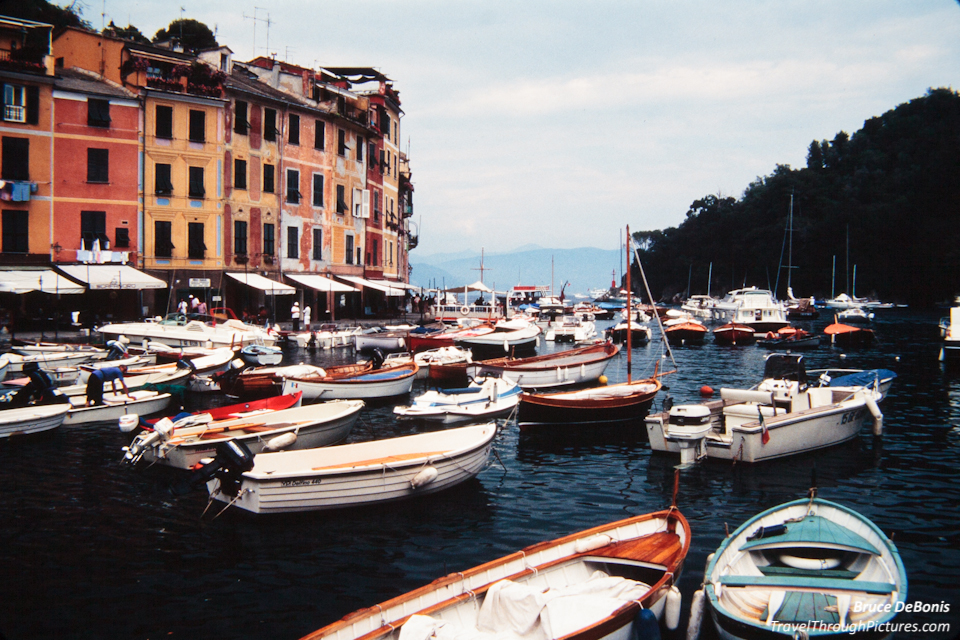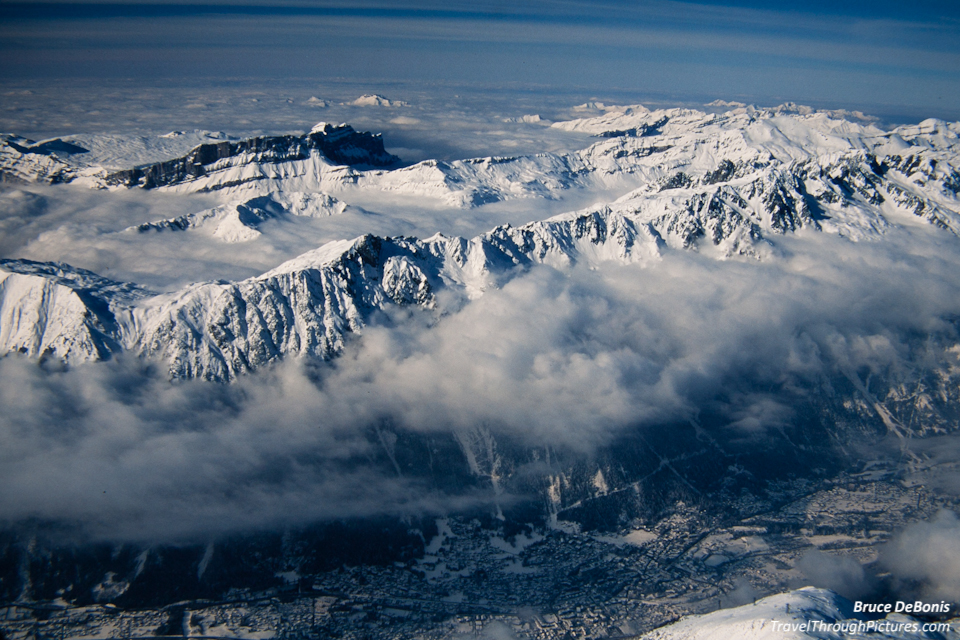

- #Convert 35mm slides to digital equipment update#
- #Convert 35mm slides to digital equipment upgrade#
- #Convert 35mm slides to digital equipment professional#
- #Convert 35mm slides to digital equipment free#
I'm using iPhoto6 and I had BIG problems editing pictures using PS then manually copying them back to iPhoto's Modified folder - apparently that messes up iPhoto's database,anywaay the edits didn't show up.
#Convert 35mm slides to digital equipment update#
I realize that my PSE is long outdated so I may have to update it as well if I want to continue to use it.

At least, there are better ways of doing it now.Īfter using iPhoto from the start, I believe I am going to convert very soon to Aperture 3 and maybe I can get this sorted out to use an outside editor properly. It supports three slide formats and includes an international power adapter, which is especially useful for analog photographers who travel a lot. At that time, neither iPhoto nor PSE3 were as sophisticated as they are now.Īpparently, I was not very sophisticated either and I may have been doing it incorrectly. 160) can be fed continuously, it makes quick work of a pile of film. I tried this some time ago when I was running PSE3 (still am) and I just copied the pics to PSE3 and then tried to move them back into iPhoto. No, I did not have iPhoto send the pics to an outside editor and then import them back. My limited experience with having labs do the scans is that the quality is poor unless you pay big $$$.ĬhrisLumix, thank you for your comment/question. It probably is good enough to make much bigger prints, but I haven't tried that yet. The quality is more than adequate for screen viewing(your stated goal) and actually makes excellent 6"x9" prints. This method has the advantage of being, once set up, extremely fast.about 30 seconds per slide once you get going. I have done this many times with a semi-improvised rig using my Nikon DSLR cameras. I will add that there is one additional way to do it, and that(as has been suggested in a later post) is to re-photograph the slides using a digital camera with what in the old days was called a slide-duping setup. The above is the best summing up of the issue. Same kind of result, probably more expensive, but takes none of your time. You could also have them professionally scanned by any number of online or local service bureaus. You could also buy a dedicated 35mm/slide scanner, which will get you higher resolutions and better dynamic range, but costs more, is limited in use, and is still very slow. For non-critical use, this will work fine, but takes a long time.

First is to get a really good flat panel scanner, such as the Epson V600 which has a light source in the lid for transparencies and holders for strips of 35mm film and slides.
#Convert 35mm slides to digital equipment professional#
It might not be sufficient for professional level prints but, for copying old slides and negatives for my own use it is fine. I will be interested to see if anyone else has used this method.
#Convert 35mm slides to digital equipment upgrade#
I am in the process of converting to Aperture 3, with a RAM upgrade to my MacBookPro, so I will check when that is finished. It works but I have not used it enough to see how much trouble it is going to be.
#Convert 35mm slides to digital equipment free#
I recently found a free program at /editor/ that will do the conversions. Photoshop Elements will but I had problems reimporting the image back into iPhoto. The one problem I have had is that a photo of a black and white negative comes out as a negative, Duh, and iPhoto will not convert them to positives like a B&W print. So far, this method is quite fast and seems to do at least as good a job as the scanner.

I recently bought a Sony A55 with 18-250 lens so I have to see whether that combination, and the Raynox, will work. I have to use a Raynox 150 closeup attachment to focus that close with the Panasonic FZ50 I have been using. I finally settled on buying a small light table and masking off an area the size of a 35 mm slide or other negative I want to copy and then copying the slide or negative with my digital camera held on a tripod over the light table. If you do not know some of the features that make up the best film to digital converters, here is a list to guide you through.I have also wrestled with this problem and have tried my Epson flatbed which worked OK but was very slow. Things to look for in the best film to digital converter The package also includes a USB cable, HDMI cable, and power cable. Well, it also features HDMI output and USB port for added convenience. Besides, it has a built-in storage memory but can as well accommodate 128 GB external SD card. It also boasts a user-friendly interface with helpful instruction tray.įurther, it arrives with multiple adapters and film inserts for a flawless operation. For better operation and viewing this scanner features a 3.5 inch LCD display. It is uniquely designed to scan the 126, 35mm, 110, 8mm Negatives and Super 8.


 0 kommentar(er)
0 kommentar(er)
